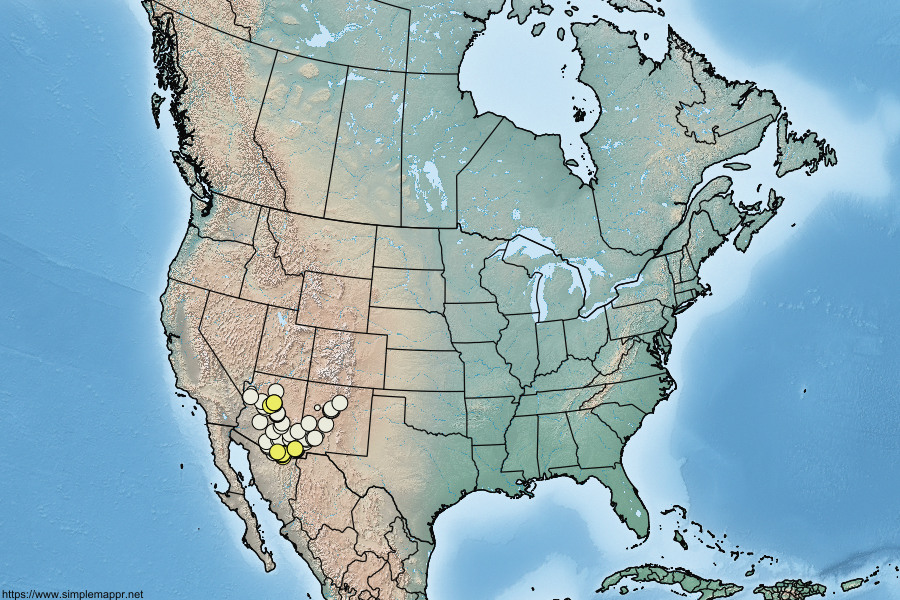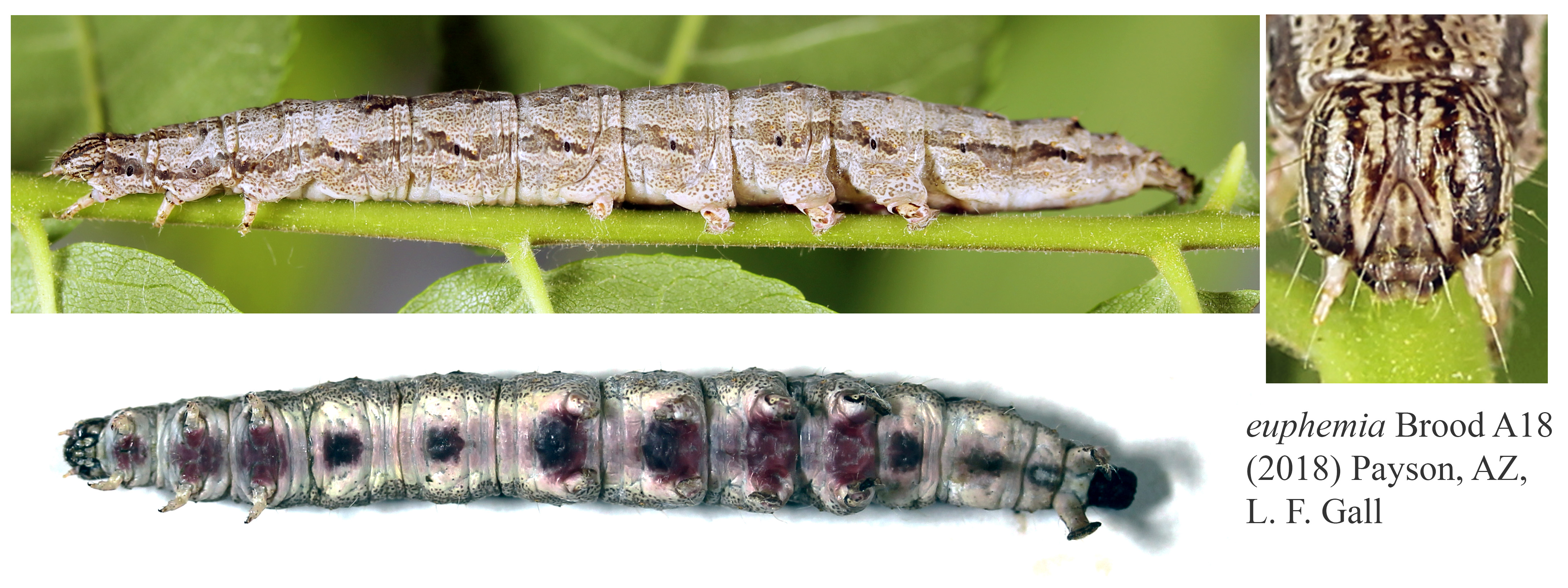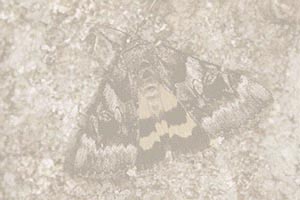 Catocala euphemia
Catocala euphemia
Beutenmller, 1907
Both
maestosa
and
neogama
have large, plump larvae that are commonly encountered
east of the Rocky Mountains, often wedged into bark crevasses on walnut trees from ground level to several feet
up the trunk. The ground color of each species can vary from dull dark brown to highly contrasting black and white,
with variable dorsal and lateral striping. The same is true for the closely related
euphemia
which is parapatric to neogama in Arizona and New Mexico.
Lateral filaments either lacking (typically) or quite sparse and essentially vestigial (less typically) in
maestosa
and
euphemia;
filaments either lacking to vestigial (less typically) or sparse/small to somewhat denser/longer (typically) in
neogama. Moreover, in neogama the status
of filaments can be variable among sibling larvae from the same mother.
Ventral black spots reduced on A1-A4 and lacking on A7-A8 in
maestosa,
more prominent on A1-A4 and present on A7-A8 in
neogama and perhaps reduced
in euphemia; ochre tinge
on venter usually less noticeable in maestosa and euphemia compared to neogama;
head capsules quite variable, with lines typically reddish brown in maestosa and
darker brown in neogama and euphemia, but with overlap; black line above antennae ("moustache") often thinner
in maestosa compared to neogama. Lateral line typically standing out prominently on A7-A8
in maestosa. All three species use Juglans as a wild foodplant,
but only maestosa is recorded from Carya (Apocarya) hickories, frequently so on
pecan (Carya (Apocarya) illinoiensis). The head capsule of euphemia may be distinct from the
other two in having a
more thickened and lengthier black lateral band at and above the ocelli, but this is difficult to tell from the
limited samples available... a good mission for those of you in Arizona and New Mexico!


|


